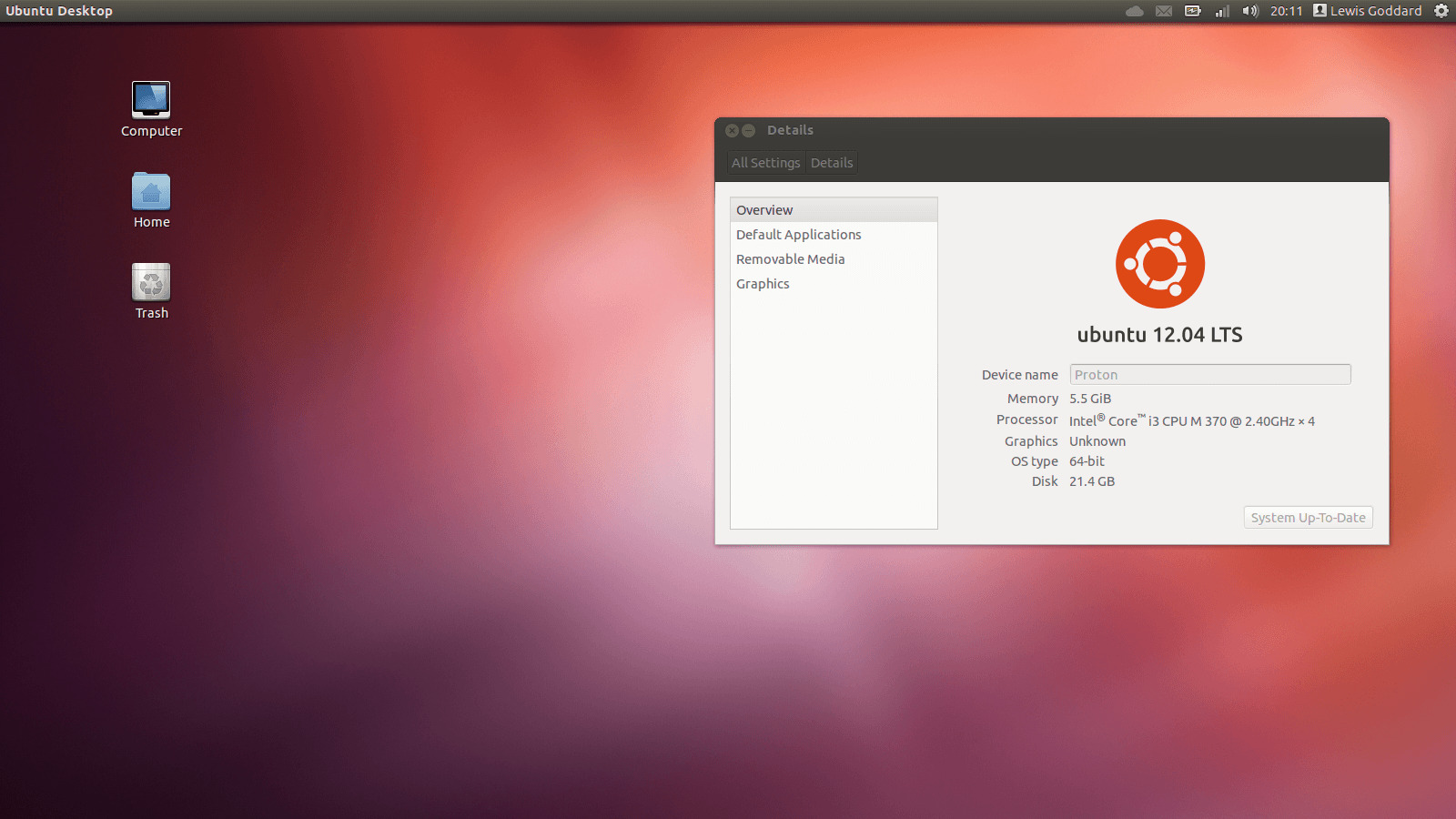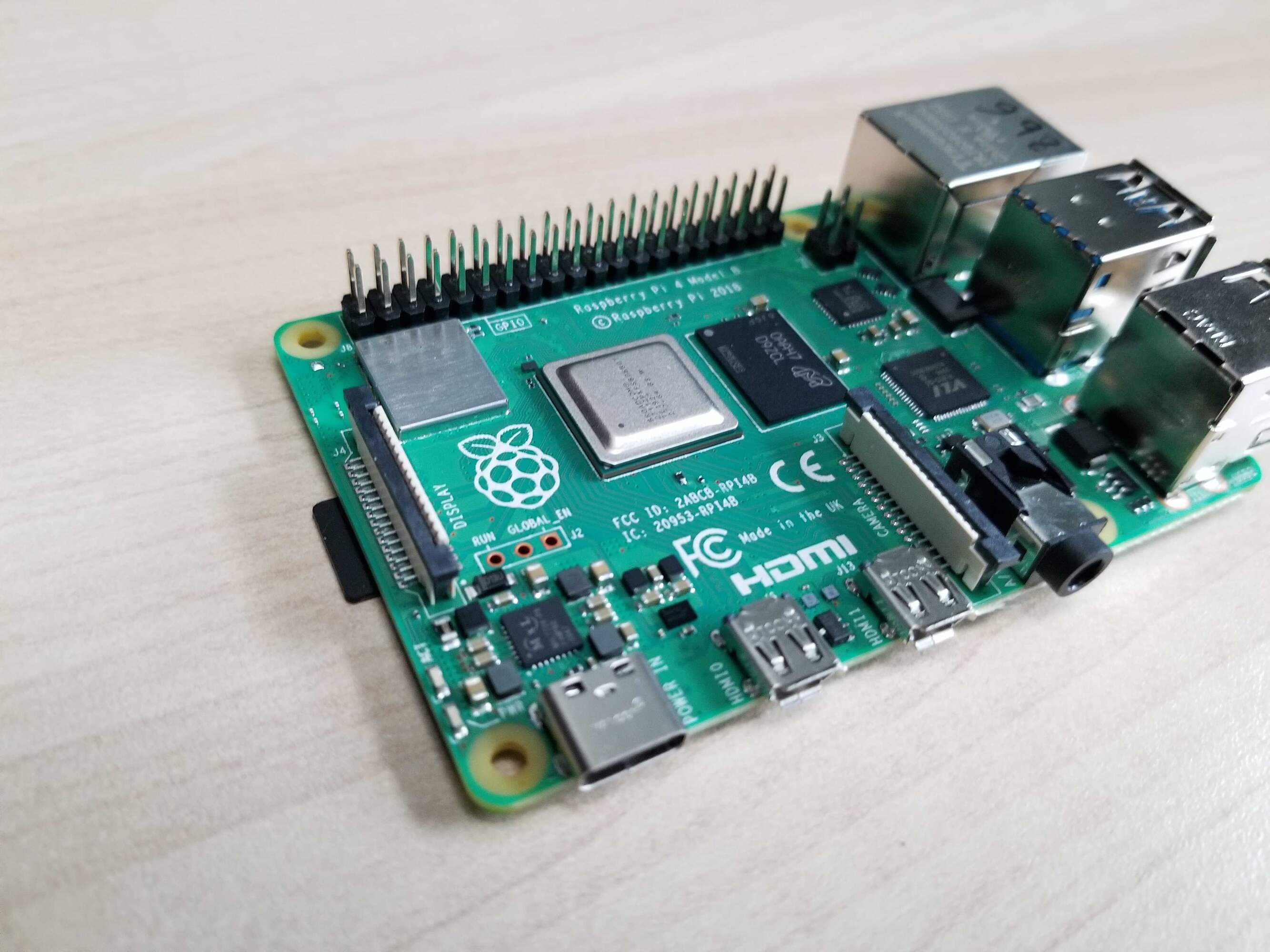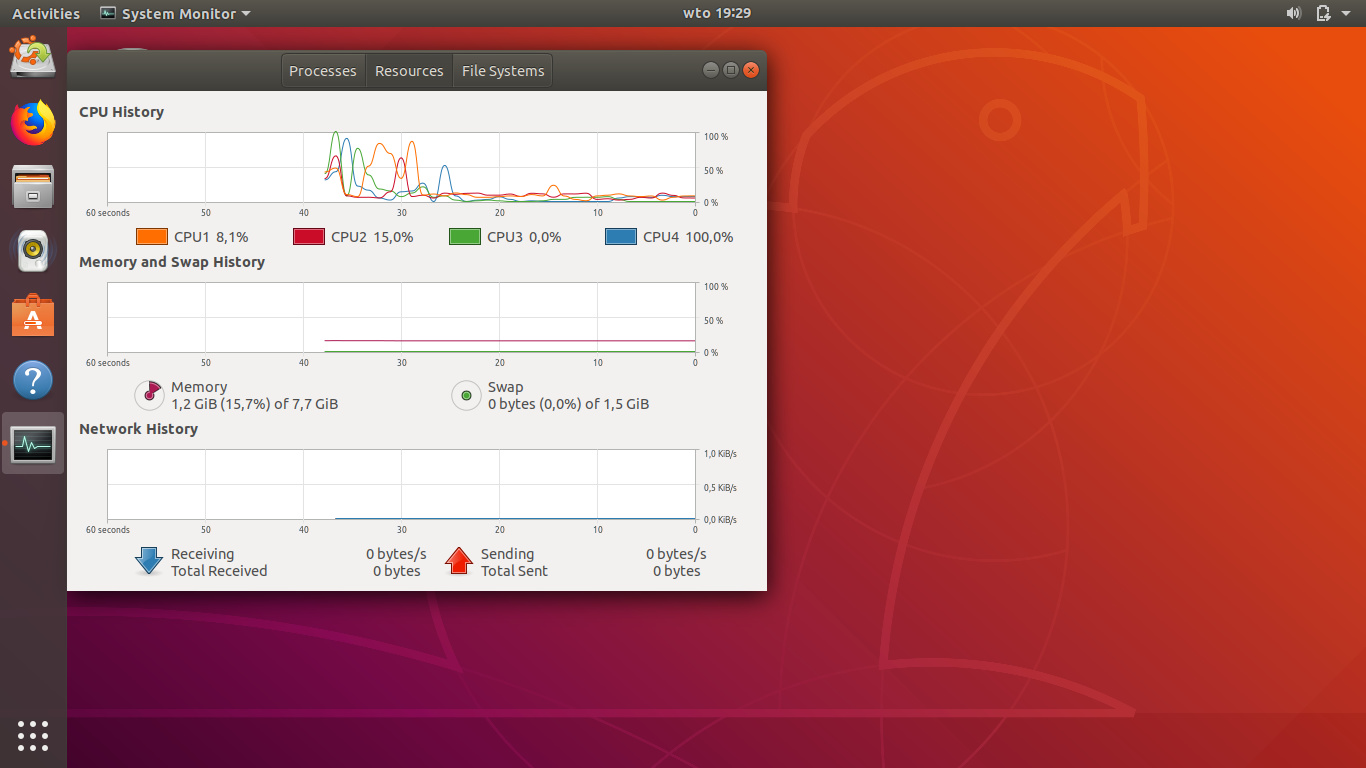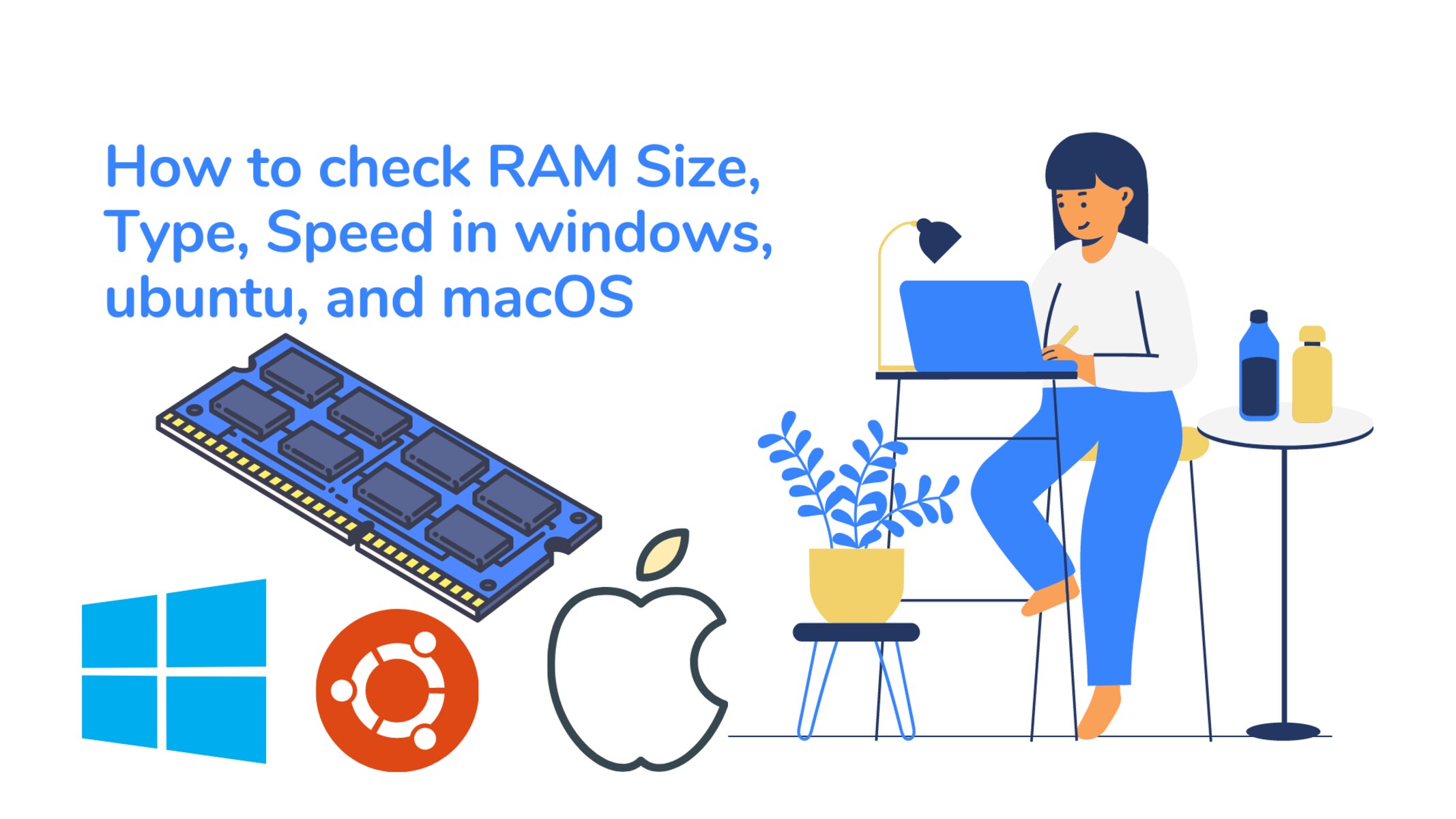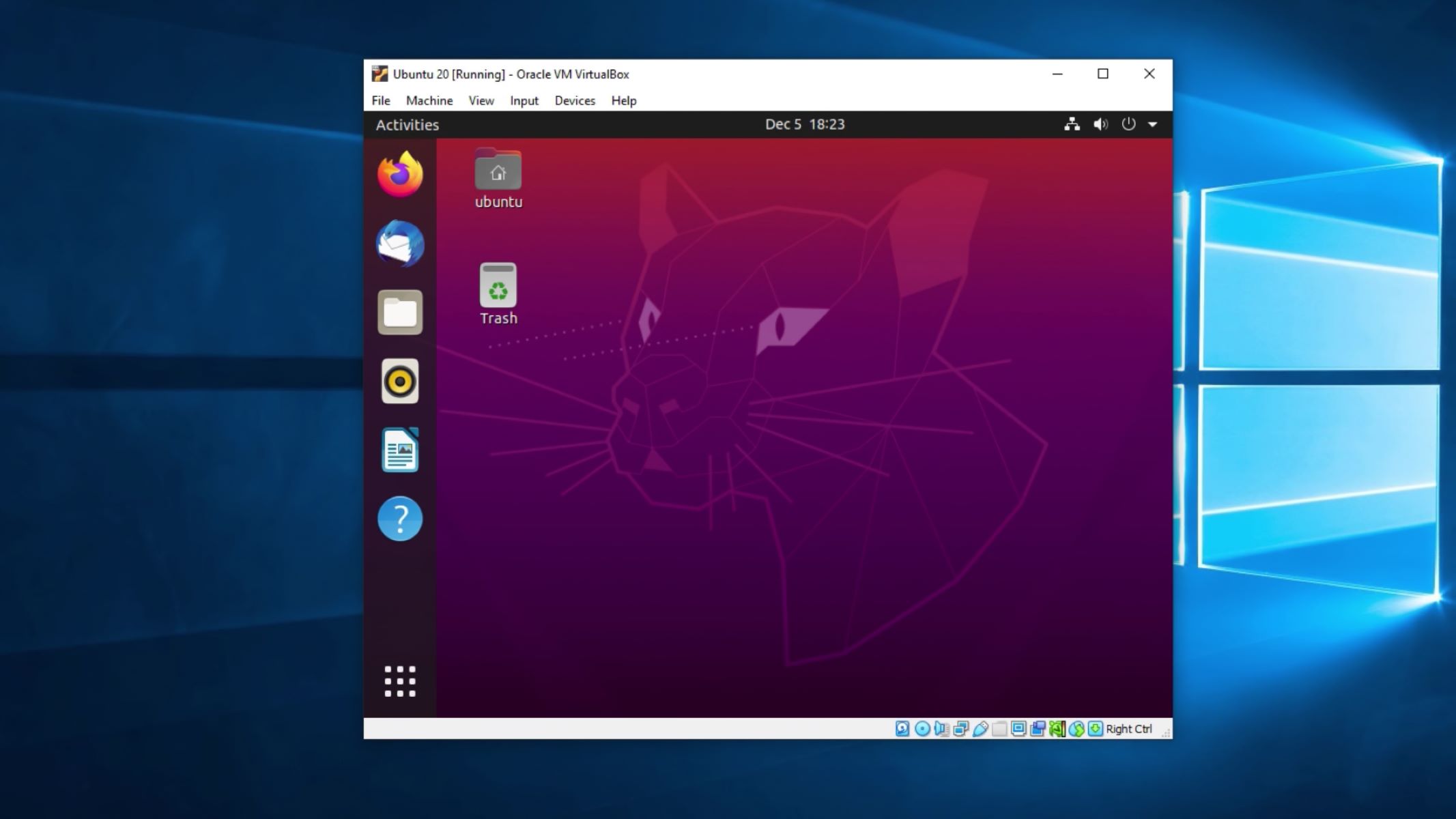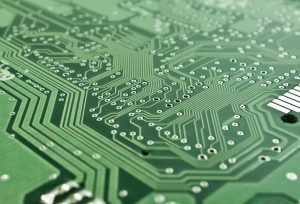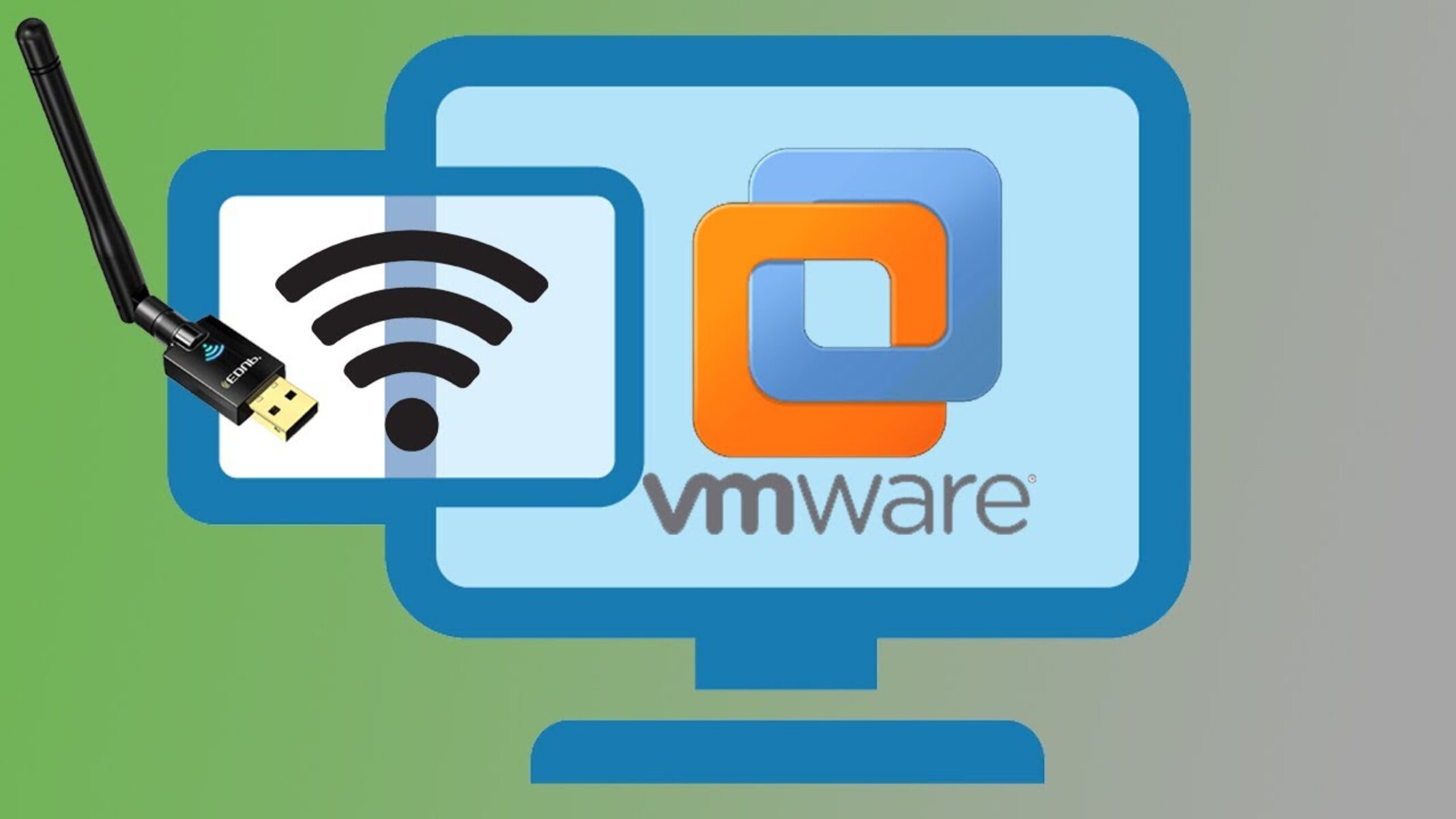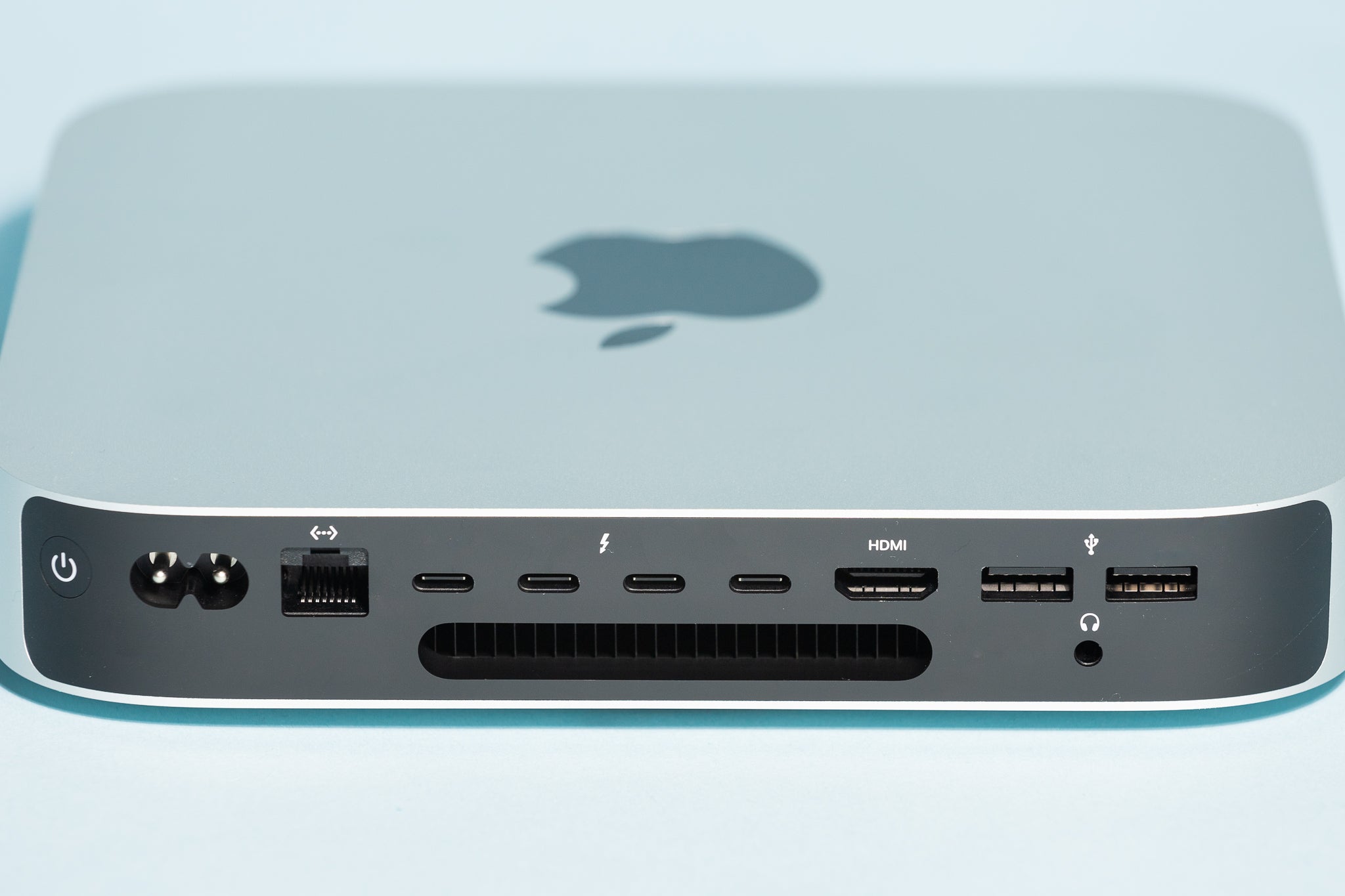Introduction
Welcome to the world of Ubuntu, a popular and user-friendly Linux operating system. As an Ubuntu user, it is essential to keep track of important system resources, such as RAM (Random Access Memory). RAM plays a crucial role in the performance and smooth operation of your computer. Whether you are a casual user or a power user, knowing how to check your RAM usage can help you identify potential issues, optimize performance, and make informed decisions when it comes to software installation and resource allocation.
In this article, we will explore different methods to check the RAM usage in Ubuntu. We will discuss both graphical and command-line approaches that will allow you to monitor your system’s RAM usage in real-time. Each method has its own advantages and can provide valuable insights into your system’s memory consumption.
By checking your RAM usage, you can identify if your system is using excessive memory, causing slowdowns or other performance issues. Additionally, it can help you determine if you need to upgrade your RAM to meet the requirements of resource-intensive applications or tasks.
Whether you are troubleshooting a slow system, optimizing resource management, or simply curious about your system’s memory utilization, this article will guide you through various methods to check the RAM usage in Ubuntu. So, let’s dive in and learn how to monitor your RAM effectively!
Why Checking RAM is Important
Understanding the importance of monitoring your RAM usage is essential for optimizing system performance and ensuring smooth operations in your Ubuntu environment. Here are several reasons why regularly checking your RAM is crucial:
- Performance Optimization: RAM directly impacts the performance of your system. Insufficient RAM can lead to sluggishness, freezing, and overall poor performance. By checking your RAM usage, you can identify if your system is running out of memory and take necessary steps to optimize it.
- Application Compatibility: Resource-intensive applications often require a certain amount of RAM to run smoothly. Checking your RAM usage helps you ensure that you have enough memory to run these applications efficiently and avoid any compatibility issues.
- Troubleshooting: If you encounter system slowdowns or crashes, checking your RAM usage can help identify if excessive memory consumption is the cause. This information can be invaluable for troubleshooting and resolving performance-related issues.
- Resource Allocation: Knowing your RAM usage allows you to allocate resources effectively. If you are running multiple applications simultaneously, understanding how much RAM each application consumes helps you balance resource allocation and avoid overloading your system.
- Upgrading Considerations: Checking your RAM usage provides valuable insights when considering a RAM upgrade. If you consistently reach or exceed the available RAM capacity, upgrading to a higher capacity can significantly improve system performance.
By regularly monitoring your RAM usage, you can optimize system performance, troubleshoot issues, manage resource allocation efficiently, and make informed decisions about upgrading your RAM capacity.
Different Ways to Check RAM in Ubuntu
Ubuntu provides several methods to check your system’s RAM usage. Whether you prefer a graphical interface or the command-line, there are options available to suit your needs. Let’s explore some different ways to check your RAM in Ubuntu:
- Method 1: Checking RAM usage with System Monitor: System Monitor is a built-in graphical tool that provides a comprehensive view of your system’s resources, including RAM usage. You can access it by searching for “System Monitor” in the applications menu or by pressing Ctrl+Shift+Esc. In the System Monitor window, navigate to the “Resources” tab, and you’ll find a visual representation of your RAM usage, along with other system resources.
- Method 2: Checking RAM usage with the free command: The free command is a simple and powerful command-line tool to check RAM usage in Ubuntu. Open the terminal by pressing Ctrl+Alt+T and type “free -h” without quotes. This command will display the memory statistics in human-readable format, including total, used, and available RAM.
- Method 3: Checking RAM usage with top command: The top command is a powerful tool that provides real-time information on various system processes. Open the terminal and type “top” without quotes. In the top command window, you’ll find detailed information about CPU usage, memory usage, and more. Look for the Mem line to see the RAM usage information.
- Method 4: Checking RAM usage with htop command: Htop is an advanced command-line tool that offers a more interactive and user-friendly interface compared to top. It provides a real-time overview of system resources, including RAM. Install htop if not already installed by running “sudo apt install htop” without quotes. Then, launch htop in the terminal by typing “htop” without quotes. The RAM usage will be displayed at the top of the screen.
These are just a few examples of the different ways you can check RAM usage in Ubuntu. The method you choose depends on your preference and the level of detail you require. Whether you prefer a graphical interface or the command-line, monitoring your RAM usage ensures you have the necessary information to manage your system’s resources effectively.
Method 1: Checking RAM usage with System Monitor
System Monitor is a built-in graphical tool in Ubuntu that provides a user-friendly interface to monitor and manage system resources, including RAM usage. It offers a visual representation of your system’s overall performance and allows you to track individual processes consuming memory. Here’s how you can check your RAM usage using System Monitor:
- Open System Monitor by searching for it in the applications menu or by pressing Ctrl+Shift+Esc.
- In the System Monitor window, navigate to the “Resources” tab.
- Under the “Resources” tab, you’ll find a visual representation of the current RAM usage, including the total amount of RAM in use and the percentage of usage.
- You can also view detailed information about individual processes by scrolling down in the “Resources” tab. The “Processes” section provides a list of running processes, their memory usage, and other relevant details.
- Additionally, you can sort the list of processes by different criteria, such as memory usage, by clicking on the column headers.
- System Monitor also allows you to end or kill a process directly from the interface if necessary.
Using System Monitor, you can easily track your RAM usage, identify processes that are consuming a significant amount of memory, and take necessary actions to optimize system performance. It provides a comprehensive and visually appealing overview of your system’s resource utilization.
System Monitor is an excellent choice for users who prefer a graphical interface and want a quick and straightforward way to monitor their RAM usage. It offers a user-friendly experience and provides valuable insights into your system’s overall performance.
Method 2: Checking RAM usage with the free command
The free command is a powerful command-line tool that allows you to check the RAM usage in Ubuntu. It provides detailed information about the system’s memory usage, including the total, used, free, and available memory. Here’s how you can use the free command to check RAM usage:
- Open the terminal by pressing Ctrl+Alt+T.
- Type the following command and press Enter:
free -h - The output will display the memory statistics in human-readable format:
- Total: The total physical RAM installed on your system.
- Used: The amount of RAM currently in use by the system.
- Free: The amount of RAM that is not being used.
- Shared: The amount of shared memory used by the system.
- Cache/Buffer: The amount of RAM used for cache and buffers.
- Available: The amount of RAM available for new processes and allocations.
The free command provides a quick and simple way to get an overview of your system’s RAM usage. By analyzing the output, you can determine if your system has sufficient RAM or if it is running low on memory.
In addition to the total usage figures, the free command also shows detailed information about swap usage, which is a portion of the hard drive that serves as an extension of the physical RAM. It indicates whether your system is using the swap space, which might impact performance.
Using the free command, you can easily monitor your system’s RAM usage from the command-line interface. It is a versatile tool that provides essential information for optimizing system performance and resource allocation.
Method 3: Checking RAM usage with top command
The top command is a powerful and versatile command-line tool that provides real-time information about system processes, including RAM usage. It offers a comprehensive overview of system performance and allows you to track memory usage for individual processes. Here’s how you can use the top command to check RAM usage:
- Open the terminal by pressing Ctrl+Alt+T.
- Type the following command and press Enter:
top - You will see a real-time display of various system statistics. Look for the line starting with “Mem” in the top section of the screen.
- The “Mem” line provides detailed information about RAM usage, including:
- Total: The total amount of RAM available on your system.
- Used: The amount of RAM currently in use.
- Free: The amount of RAM that is currently free.
- Shared: The amount of shared memory used.
- Buffers: The amount of memory used for buffers.
- Cached: The amount of memory used for caching data.
- You can press the ‘q’ key to exit the top command.
Using the top command, you can quickly monitor your system’s RAM usage, identify any processes consuming excessive memory, and take necessary actions to optimize memory utilization. The real-time updates provided by top make it handy for monitoring system resources during specific tasks or troubleshooting performance issues.
In addition to RAM usage, the top command also provides information about CPU usage, process IDs, and other system metrics. By exploring the various options and keystrokes available in top, you can gather detailed insights into your system’s performance and resource utilization.
The top command is an efficient tool for checking RAM usage in Ubuntu. Its versatility and real-time updates make it a favorite among experienced users and system administrators who prefer a command-line approach to monitor system resources.
Method 4: Checking RAM usage with htop command
The htop command is a powerful command-line tool that provides an interactive and user-friendly interface for monitoring system resources, including RAM usage. It offers a real-time overview of CPU, memory, and process information in a visually appealing manner. Here’s how you can use the htop command to check RAM usage:
- If you don’t have htop installed, open the terminal and type the following command to install it:
sudo apt install htop - Once htop is installed, open the terminal by pressing Ctrl+Alt+T.
- Type the following command and press Enter:
htop - The htop interface will open, displaying a real-time overview of system resources.
- At the top of the screen, you’ll find information about CPU usage, load average, and memory usage, including:
- Mem: The total amount of RAM available, along with the used and free memory.
- Swp: The total amount of swap space available, along with the used and free swap space.
- You can navigate through different sections of htop using the arrow keys or mouse.
- By default, processes are sorted by CPU usage, but you can change the sorting criteria by pressing the F6 function key.
- htop also allows you to interactively kill or terminate processes. Select a process and press the F9 function key to prompt for confirmation.
- Press the ‘q’ key to exit htop.
htop provides a more interactive and visually appealing alternative to the traditional top command. Its user-friendly interface and real-time updates make it easier to identify memory-hungry processes and troubleshoot performance issues in your Ubuntu system.
With htop, you have a comprehensive view of your system’s RAM usage and can take necessary actions to optimize memory utilization and improve overall system performance.
htop is a versatile tool that offers advanced system monitoring capabilities, making it a preferred choice among power users, system administrators, and anyone seeking a powerful command-line solution for monitoring RAM usage in Ubuntu.
Conclusion
Monitoring your system’s RAM usage is crucial for optimizing performance, troubleshooting issues, and making informed decisions about resource allocation. In this article, we explored different methods to check RAM usage in Ubuntu.
We started with System Monitor, a built-in graphical tool that provides an easy-to-understand visualization of RAM usage. Then, we discussed the free command, which offers a simple and straightforward way to check RAM usage from the command-line interface. We also explored the top command, which provides real-time information about system processes and their memory consumption. Lastly, we introduced htop, an interactive command-line tool that offers a user-friendly interface and detailed insights into system resources.
Each method has its own advantages and suits different preferences. Whether you prefer a graphical interface or the command-line, you have options to monitor your system’s RAM usage effectively. Regularly checking your RAM usage allows you to optimize performance, ensure compatibility with resource-intensive applications, troubleshoot issues, and make informed decisions about upgrading your RAM capacity.
By becoming familiar with these methods, you can confidently monitor and manage your system’s RAM usage in Ubuntu. Remember, understanding how your system utilizes memory is essential for maintaining a smooth and efficient computing experience.
So next time you notice any performance issues or simply want to keep track of your system’s resources, utilize these methods to check your RAM usage and ensure that your Ubuntu system is running at its best!







